For unfamiliar people, block chains and art are two different worlds. But just as technologists have learned to be creative in their thinking, creative thinkers have learned to be skilled in their actions. Anyone who has seen The Eleventh Arhat will prove that thieves can be the most creative professional players in the world.

Distributed ledger technology combines these different worlds to solve an ancient problem: finding artistic counterfeits and thieves, and proving the authenticity of creativity through technology. This is a huge problem that has lasted for centuries, affecting Picasso, Leonardo Da Vinci and the Van Gogh masters.
These statistics may surprise you:
More than nine of the 10 antiquities sold on eBay are suspected to be fake.
In Britain, more than $480 million of art is stolen every year. Ninety percent (90 percent) of Museum thefts involve insiders (making criminal proceedings difficult), and according to research firm Havocscope, nearly 100,000 works stolen by the Nazis during the Second World War have not been lost.
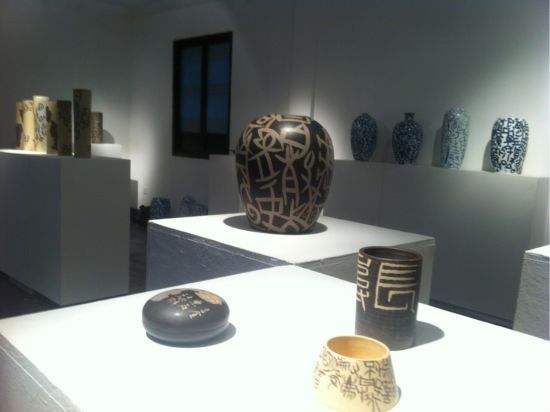
Block chains are works of Art
So how can block chains help artists? By inevitably capturing the originality and authenticity of masterpieces or rare collections in shared databases.
Tracking these precious items and protecting their institutions creates a series of custody measures, control over works of art, ownership and transfer order. This includes historical records of works of art, such as timestamps of key events: auctions, prices, shipments and other verified information, without having to disclose sensitive information, such as the identity of the owner of a millionaire or billionaire.
Block chains build trust and instill confidence in industry stakeholders, reducing the continuing risk of participants in these industries facing theft, forgery and unauthorized high-priced masterpieces or scarce collections.
This is what Artory, based in New York, offers to the world's leading art collectors and auction houses. The block-chain-powered company auctioned a $318 million auction at The Artory Registry in New York, which stores key information about digital ledgers, issues (anonymous) certificates of ownership and protects other digital signatures of investors, brokers and creators themselves.
On November 13, Christie's, the main auction house, announced that "the auction will record the art auction at this price level on the block chain for the first time through a secure digital registry managed by Artory".
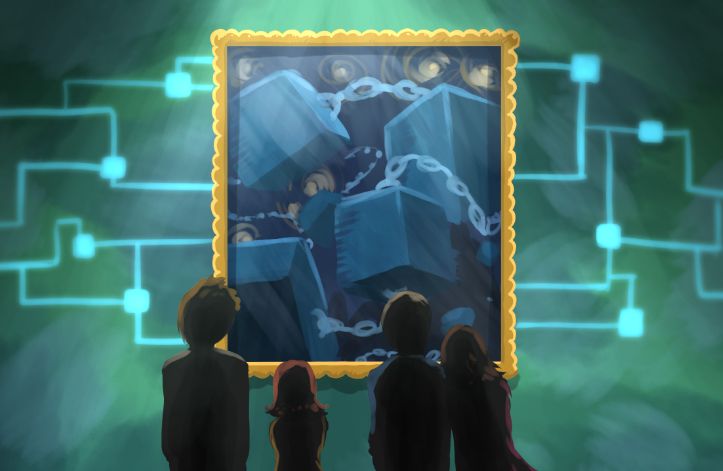
Collections are also unwilling to lag behind
In addition to artworks and collections, block chains also have use cases for Web 3.0 digital works, such as Crypto Kitties and hundreds of imitators who follow them. Data is stored in the ETF network, from which users can monitor and cultivate unique virtual kittens. Like traditional collections, Crypto Kitties can be bought and sold.
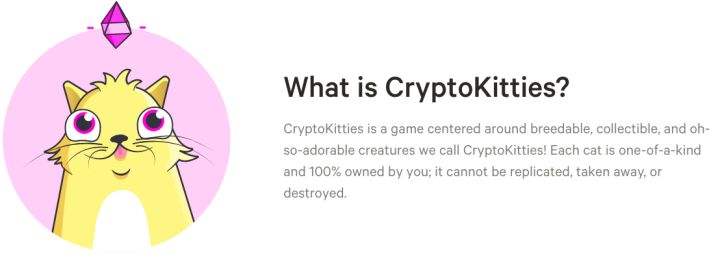
It is reasonable to expect similar concepts in the future, from virtual superheroes to digital athletes to sexy, Bikini-wearing roles, where users can make profits by developing and selling block chains. These avatars represent the future idolatry of young people because their minds are surrounded by electronic reality.
Therefore, digital scarcity is a new business opportunity for operators who can make use of block chain technology and ensure the authenticity of goods. The Art Market Report estimates that the global art market is at least $40 billion, while the collection market is about $200 billion.
Like jackdaws, humans are collectors. We pay millions for Superman comics, Steve McQueen, Mustang's famous spokesman, and of course works of art. If the problem is as common as the glory of our genius, millions of people will be affected.
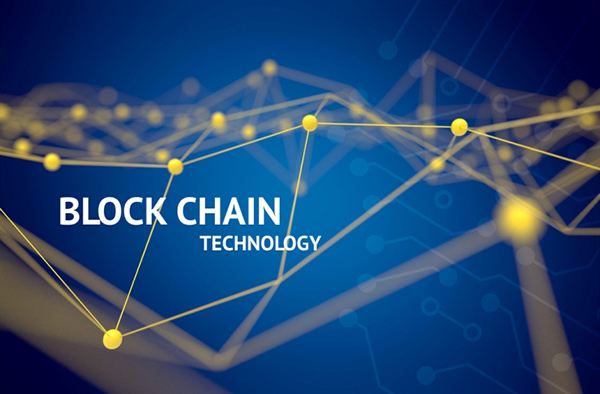
In addition to collecting the world, Aristotle, the Greek philosopher, regarded technology as an extension of nature. Block chain technology is pioneering because, like nature, it provides creators with God-like powers to create unique objects or "living" incarnations and creatures that will never be forged or duplicated.
Through the extension of nature and technology, man can bring life to the personality that has not existed so far according to his interpretation of what the universe should be.
Now they are patented.
Author:
Mr. Daiying Bao
Phone/WhatsApp:
+86 18220856312
E-mail naar dit bedrijf
Author:
Mr. Daiying Bao
Phone/WhatsApp:
+86 18220856312
December 18, 2018
December 17, 2018
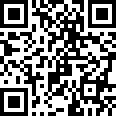 Mr. Daiying Bao
Mr. Daiying Bao